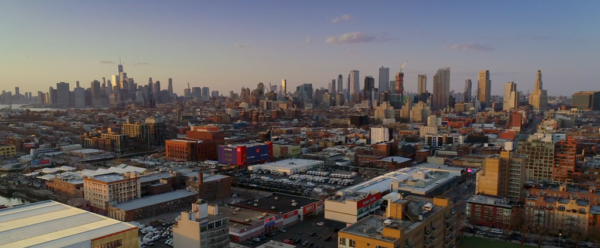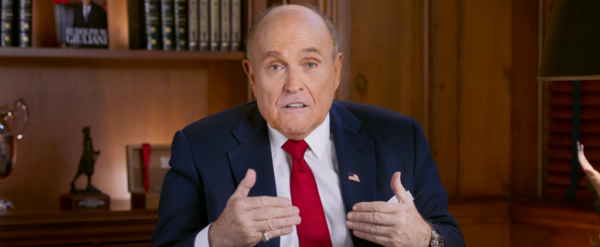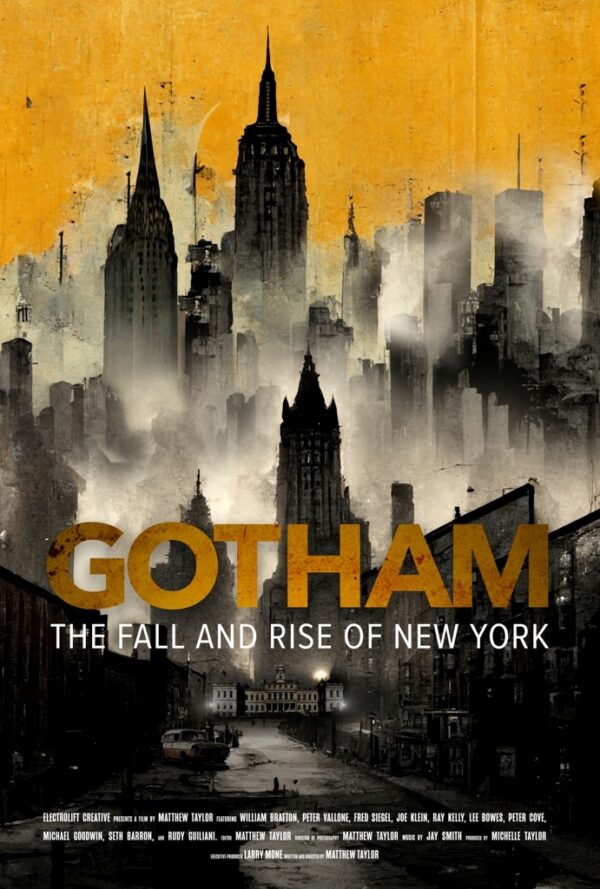


NR | 2h 5min | Documentary, Government, History | 21 March 2023 (USA)
Covering the tenures of six New York City mayors between the years 1966 through 2013, director Matthew Taylor’s “Gotham: The Rise and Fall of New York” is an atypical rags-to-riches story that proves even the worst deeds of inept leaders can be rectified by people who actually know what they’re doing.
Written by Taylor and produced by his wife Michelle, “Gotham” hits the ground running and keeps a brisk but measured pace for its entire 2+ hour running length. Before the opening credits start, the filmmakers deliver a rapid-fire plethora of problems facing New York as it was entering the 1990s.
There was a bad education system, high crime, decay, and disorder, rampant destruction of public and private property, the mass exodus of fed-up residents, and the like. Perhaps most sobering are these statistics: Every year on average, there were 2,200 murders, 93,000 violent robberies, and over 50,000 felonies committed.
Even more jaw-dropping is the collective laissez faire attitude of four consecutive mayors who, when not throwing good money after bad, took a collective “What are you going to do?,” shrugged-shoulder attitude. Corruption and malfeasance at every level of city government was treated as a given and the worse it got, the more the top brass began accepting it as newer versions of the “new normal.”
Serving in the office for eight years beginning in 1966, John Lindsay brought with him movie-star looks and a certain “Kennedyesque,” new-frontier attitude. During one speech, Lindsay stated that, in a single day, one resident would be killed, multiple children would be bitten by rats, 50,000 drug addicts would need a fix, 50 jobs would leave town, and everyone was breathing in polluted air that was equal to smoking two packs of cigarettes.
Lindsay’s answer to all of this was doubling down on then President Lyndon Johnson’s “Great Society” program which increased welfare roles, effectively paying people not to work. This continued through the single term administration of Abraham Beame who, on the upside, entered office facing a $1.5B deficit and left office four years later with a surplus of $200M. Even with this impressive feat, Beame was defeated in the primaries by his replacement, Ed Koch.
Exhibiting the pep and exuberance of a high school cheerleader, Koch proudly wore his “New York attitude” on his sleeve, something which endeared him (if only temporarily) to those residents with a similar mindset.
Although he received praise for beefing up the police force and signing a $5.5B housing bill in 1986, Koch’s time in office was also marred with corruption scandals, poor relations with minority leaders Al Sharpton and Jesse Jackson, and a marked rise in crime.
Viewed in retrospect, the single term served by Koch’s successor, David Dinkins, is considered a success as he, being New York’s first and, to date, only black mayor, was able to ease racial relations which led to a small drop in crime.
Defeating crime, particularly the mob, was the biggest factor in securing victory for U.S. district attorney Rudy Giuliani in 1993. Freely admitting his expertise was limited to the law, Giuliani wisely surrounded himself with experts in other fields of endeavor, yet was never able to fully grasp the politics that came with the office.
Many of the successful policies instituted by the Giuliani administration were continued by his successor, billionaire tycoon Michael Bloomberg who, not surprisingly, treated running the city like a business. He left office in 2013 with a $3B surplus and is arguably the most successful New York mayor since Fiorella H. La Guardia (1934–1945).
While sure to be appealing to some, Taylor’s employment of dramatic re-creation. although not frequent, adds little and sometimes works against the film’s otherwise streamline and efficient presentation.
It might have also helped if Taylor had included a tidbit or two of information regarding Robert F. Wagner, Jr., Lindsay’s predecessor. During his three terms, Wagner slowly but surely separated the mayor’s office from Tammany Hall, a political organization and the de facto brain trust behind the city’s Democrat Party. In place since the late 1700s, Tammany became synonymous with graft and corruption (particularly William M. “Boss” Tweed), often resorting to base tactics and measures which more resembled the types of practices associated with organized crime.
During the movie’s extended epilogue, Taylor breaks from his just-the-facts approach and lays (deserved) lavish praise on Giuliani and Bloomberg, and again points out it was their policies and business-like approach that rescued America’s biggest and most storied city from total collapse.
Also included in this piece is a five-second clip of Bill de Blasio and his wife Chirlane celebrating his victory in the 2013 election insinuating, with dark accuracy, the old and ineffective ways of running New York had sadly returned.
If the Taylors ever consider making a sequel to this film, I’ve got a title they might like: “Gotham 2: The Second Fall.”
‘Gotham: The Fall and Rise of New York’
Documentary
Running Time: 2 hours, 5 minutes
MPAA Rating: Not Rated
Release Date: March 21, 2023
Rating: 3.5 out of 5




